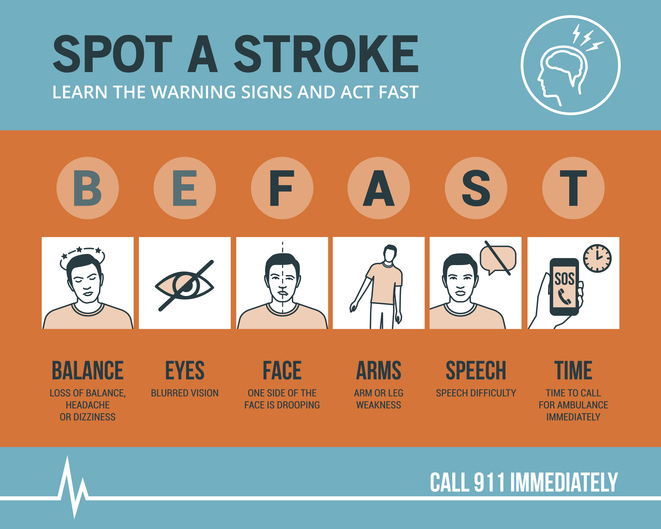The global burden of stroke has seen a rapid increase between 1990 and 2021, with the number of new strokes rising to approximately 11.9 million in 2021, a 70% increase from 1990. This rise has been accompanied by a significant increase in the number of stroke survivors and stroke-related deaths, highlighting the condition as the third leading cause of death globally, only surpassed by ischaemic heart disease and COVID-19. This upsurge is especially pronounced in low- and middle-income countries, where over three-quarters of those affected reside.
Further exacerbating the issue, the overall disability, illness, and premature death attributed to strokes—measured as disability-adjusted life years (DALYs)—have also seen a notable increase of 32% over the same period. This has positioned stroke as a major cause of health loss worldwide, following closely behind COVID-19, ischaemic heart disease, and neonatal disorders.
The rise in stroke burden is primarily driven by demographic changes such as population growth and the ageing of populations worldwide. However, it is also significantly influenced by increased environmental and behavioural risk factors. Notably, factors such as high body mass index, elevated temperatures, and high blood sugar levels have seen substantial increases in their contribution to the global stroke burden. Other modifiable risk factors, like diets rich in sugar-sweetened drinks, low omega-6 polyunsaturated fatty acids, and reduced physical activity, have also played a role.
Interestingly, when demographic impacts are controlled through age-standardisation, there appears to be a global trend towards decreasing rates of stroke incidence, prevalence, deaths, and DALYs since 1990. However, this trend has plateaued since 2015, with worsening conditions noted in Southeast Asia, East Asia, and Oceania, particularly among populations under 70.
The findings, stemming from a comprehensive new analysis conducted as part of the Global Burden of Disease, Injuries, and Risk Factors Study and published in The Lancet Neurology, were presented at the World Stroke Congress in Abu Dhabi in October 2024. They underscore the urgent need for effective stroke prevention strategies. According to Professor Valery L Feigin from the Auckland University of Technology, the current strategies are insufficient, with the growing number of stroke cases and related deaths and disabilities signalling a pressing need for new, universally applicable prevention methods.
This research also highlights a significant disparity in stroke burdens across different regions and income levels. In wealthier regions like North America and Australasia and middle-income areas like Latin America, stroke rates are considerably lower compared to low- and middle-income areas of East and Central Asia and sub-Saharan Africa, where stroke rates are much higher.
Of particular concern is the burden of haemorrhagic strokes, which account for half of all stroke-related disability and deaths globally despite being less common than ischaemic strokes. These types of strokes are predominantly linked to uncontrolled high blood pressure and are most prevalent among younger populations and in low-income countries.
The study further identifies a range of environmental and metabolic risk factors contributing to the global stroke burden, with high systolic blood pressure, air pollution, and smoking being among the top contributors. While some progress has been made in reducing the burden from factors like poor diet and smoking, the ongoing increase in strokes linked to ambient air pollution and high cholesterol levels highlights the continuous challenge these factors present.
The research calls for prioritised prevention strategies outlined in the recent World Stroke Organization-Lancet Neurology Commission on stroke. By focusing on evidence-based recommendations and innovative solutions such as task-shifting and telehealth platforms, there is hope to significantly reduce the stroke burden globally, thereby improving brain health and the overall well-being of millions of people worldwide. This emphasises the need for immediate action in implementing effective prevention measures, particularly in the most affected regions and among vulnerable populations.
More information: Valery L Feigin et al, Global, regional, and national burden of stroke and its risk factors, 1990–2021: a systematic analysis for the Global Burden of Disease Study 2021, The Lancet Neurology. DOI: 10.1016/S1474-4422(24)00369-7
Journal information: The Lancet Neurology Provided by The Lancet








